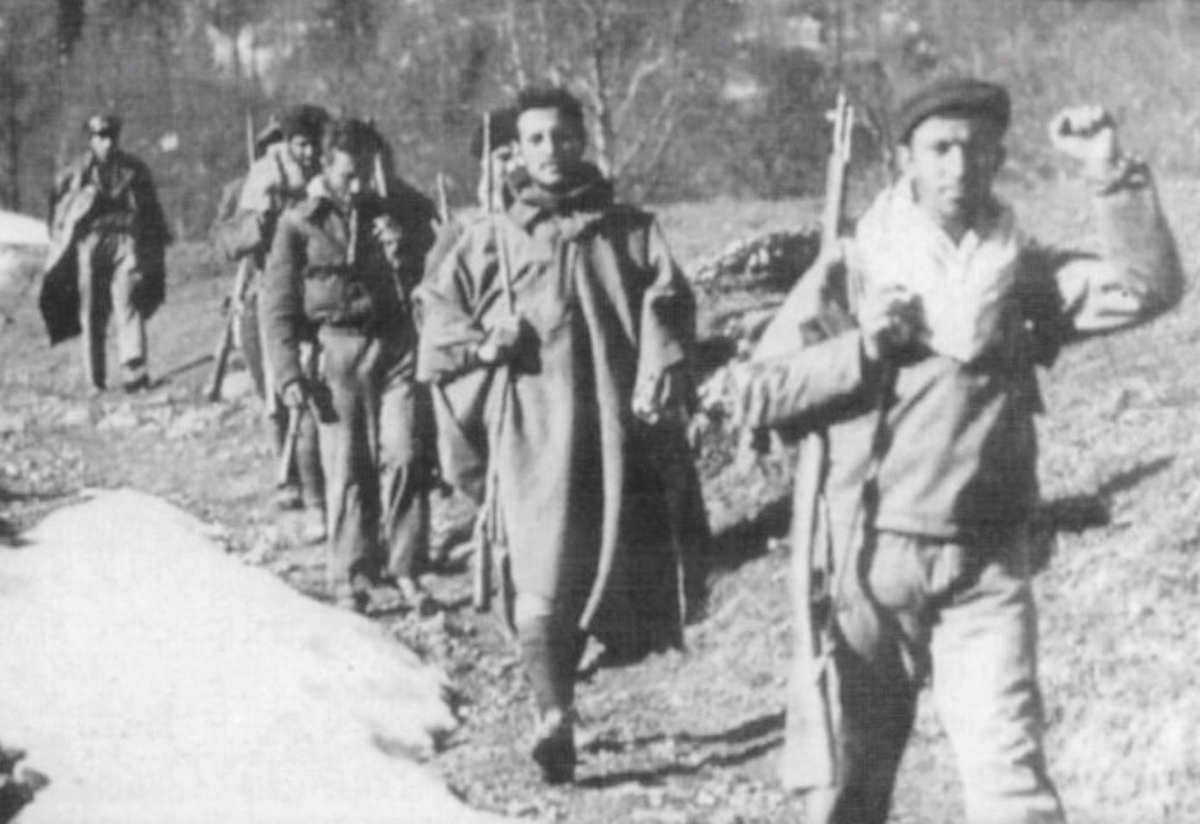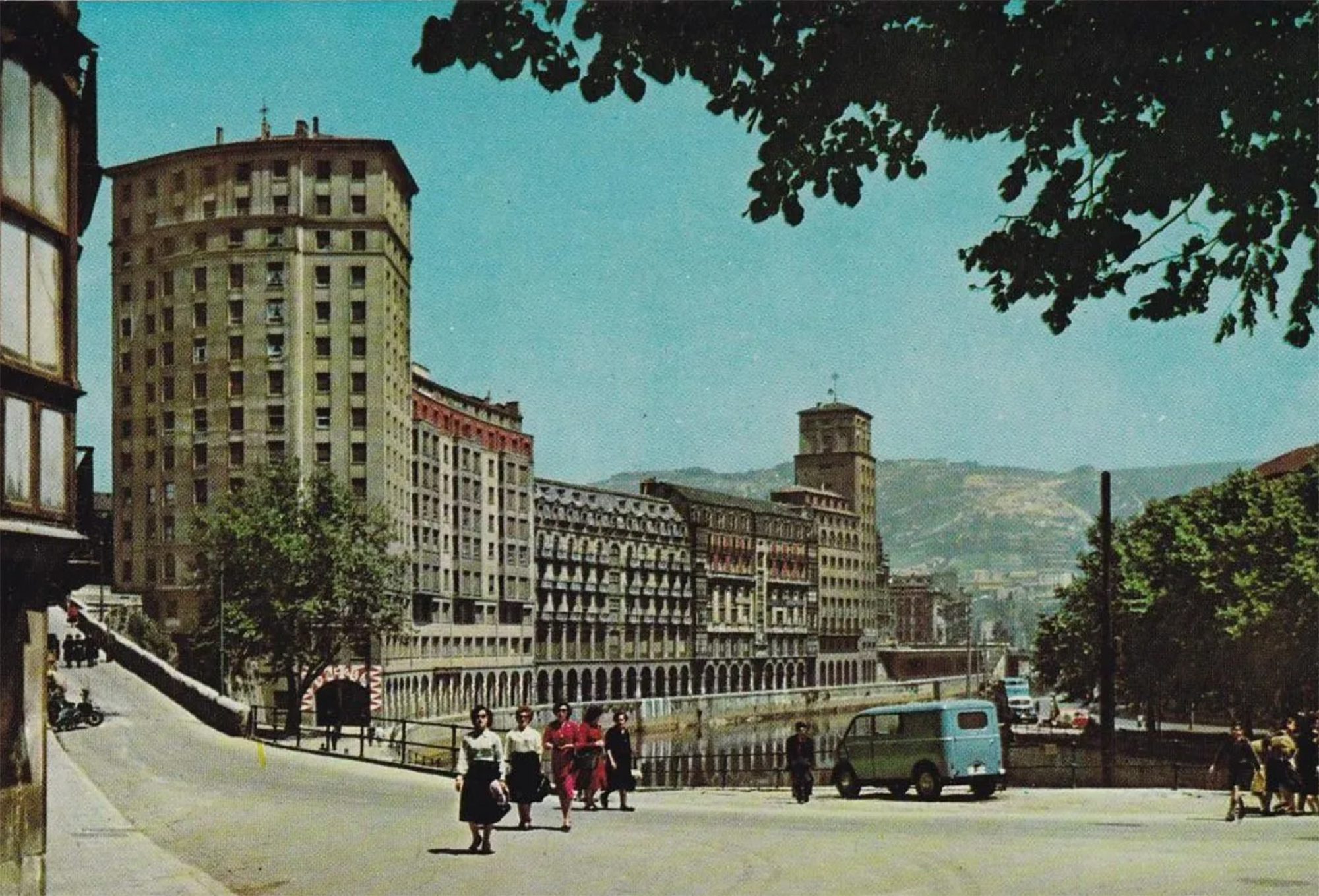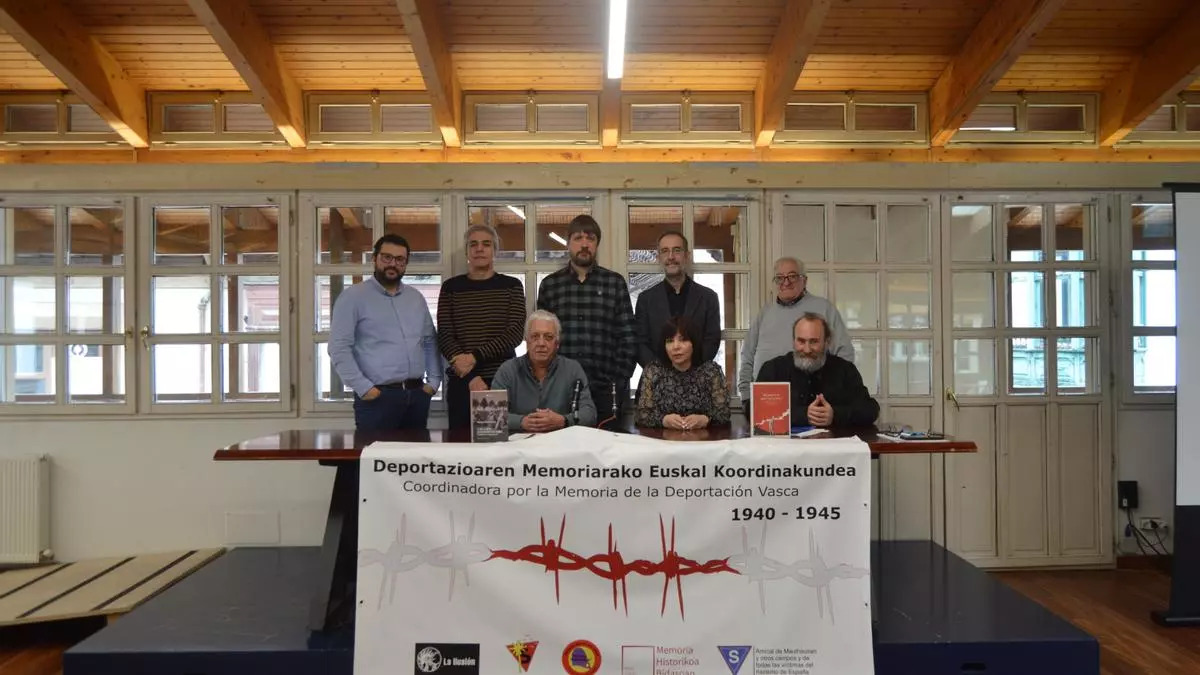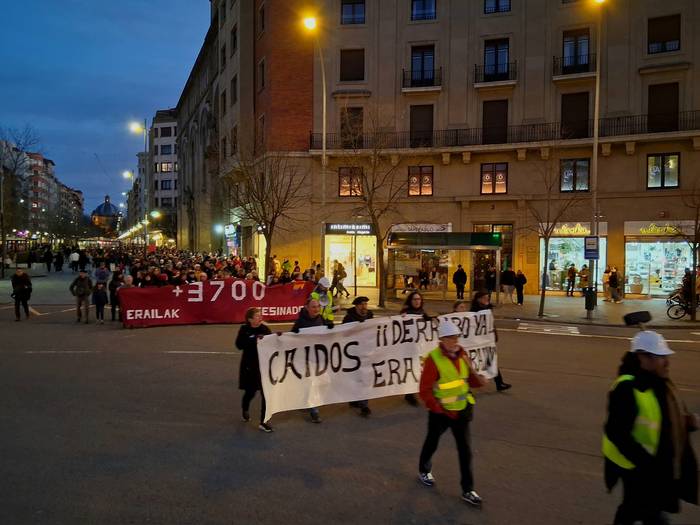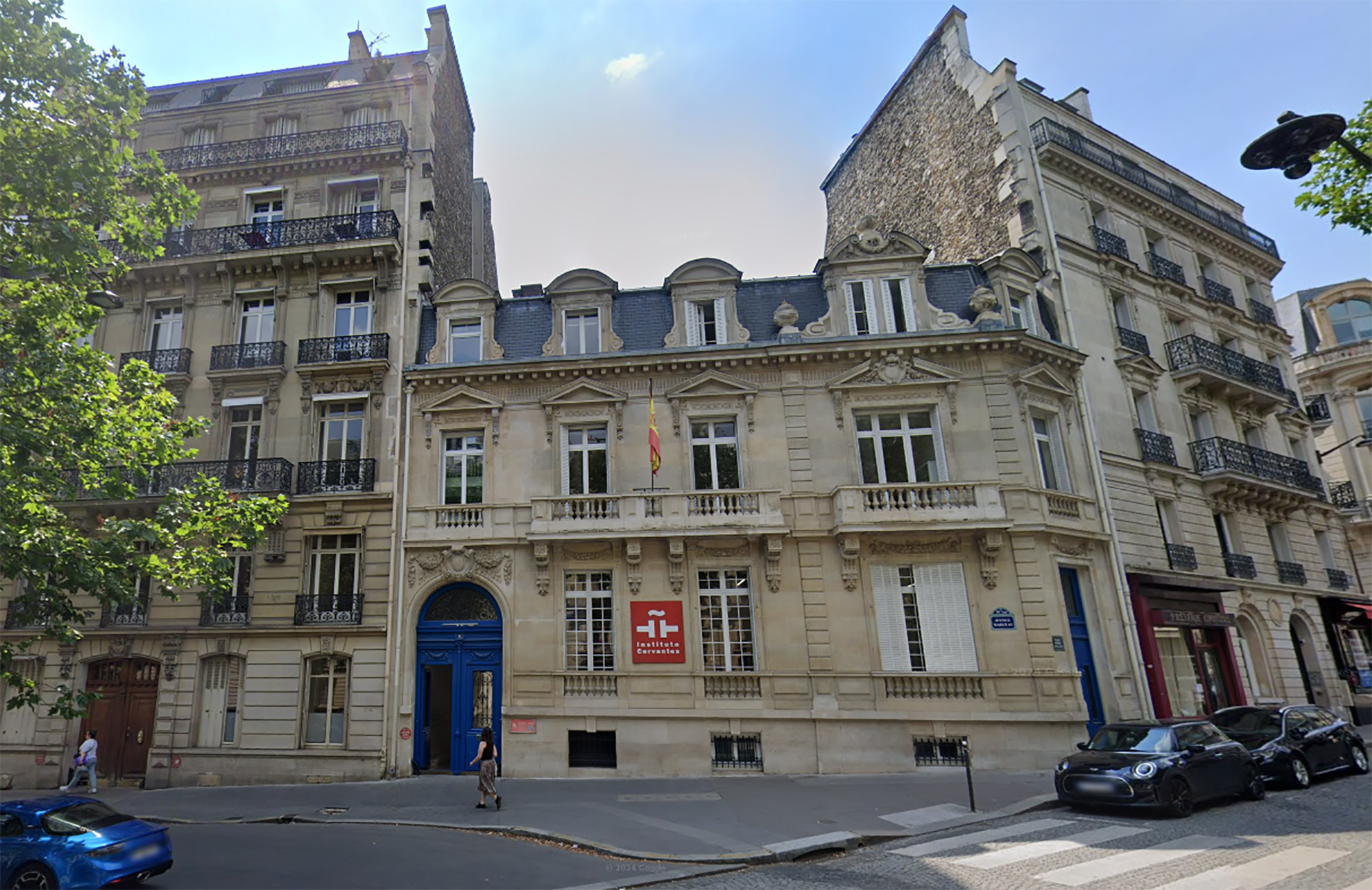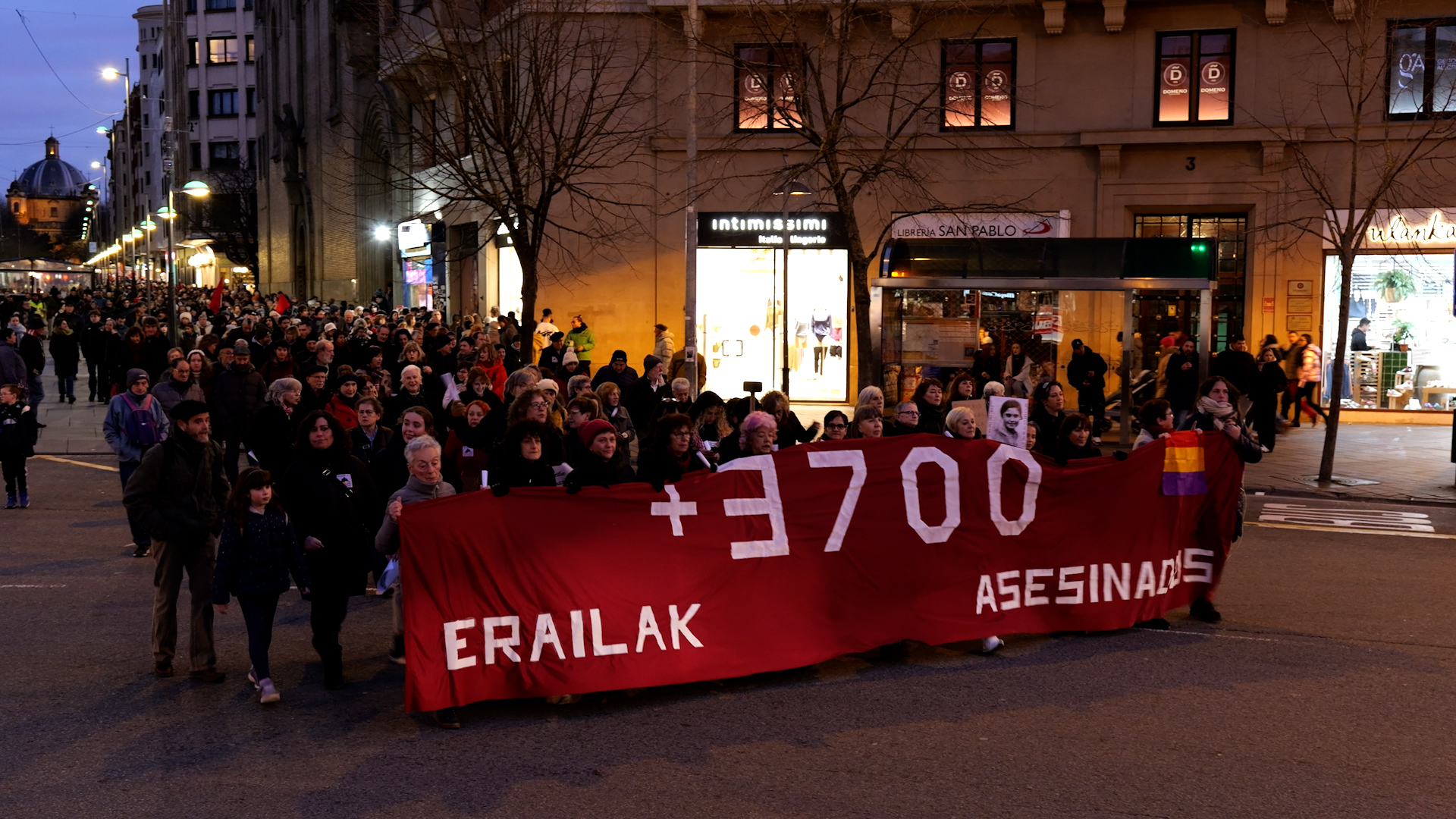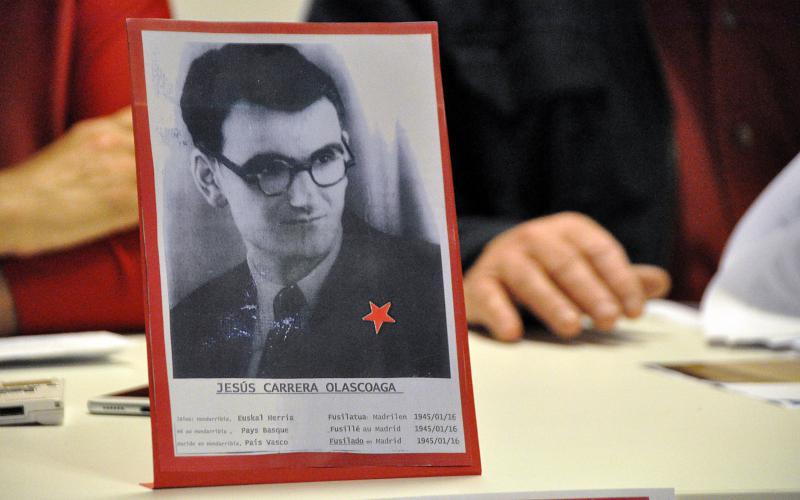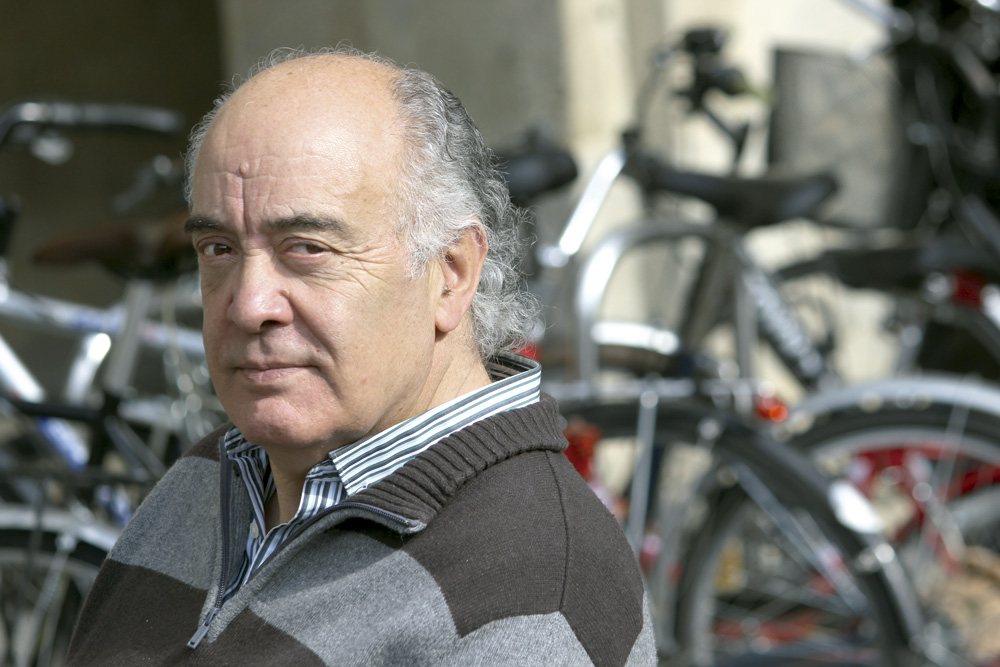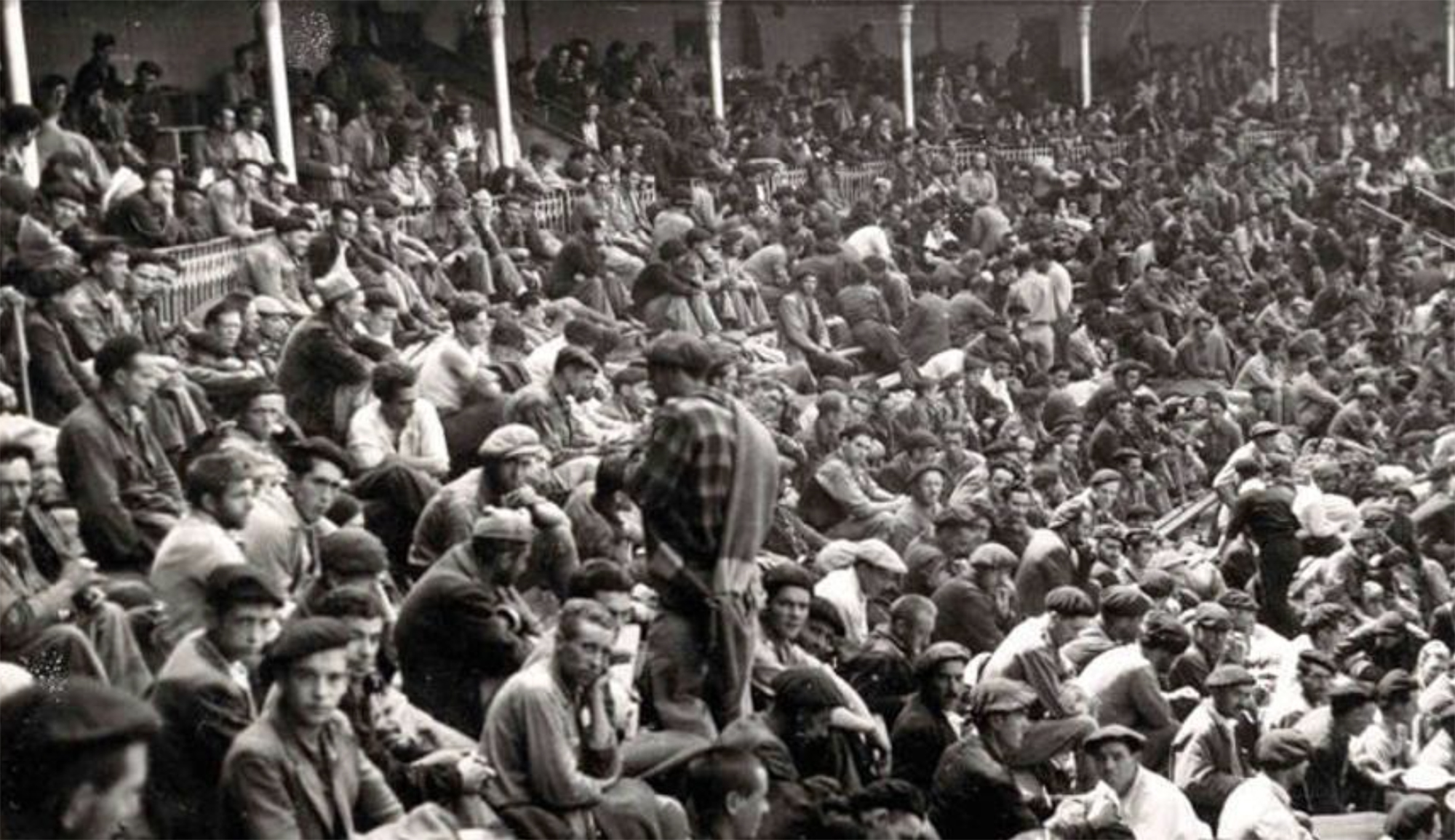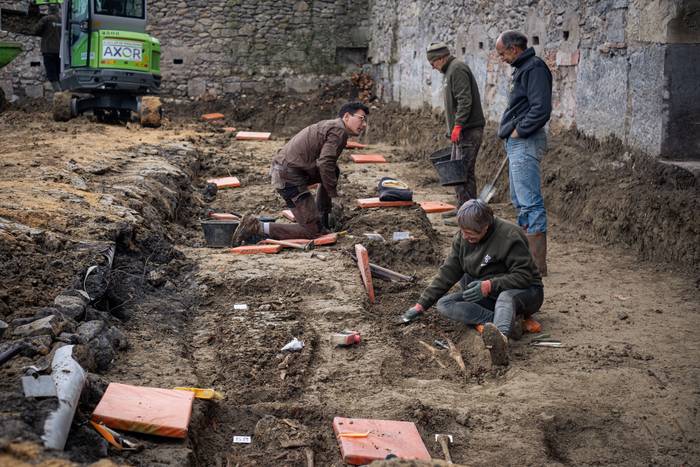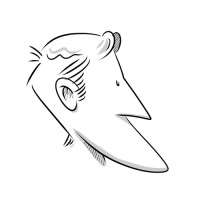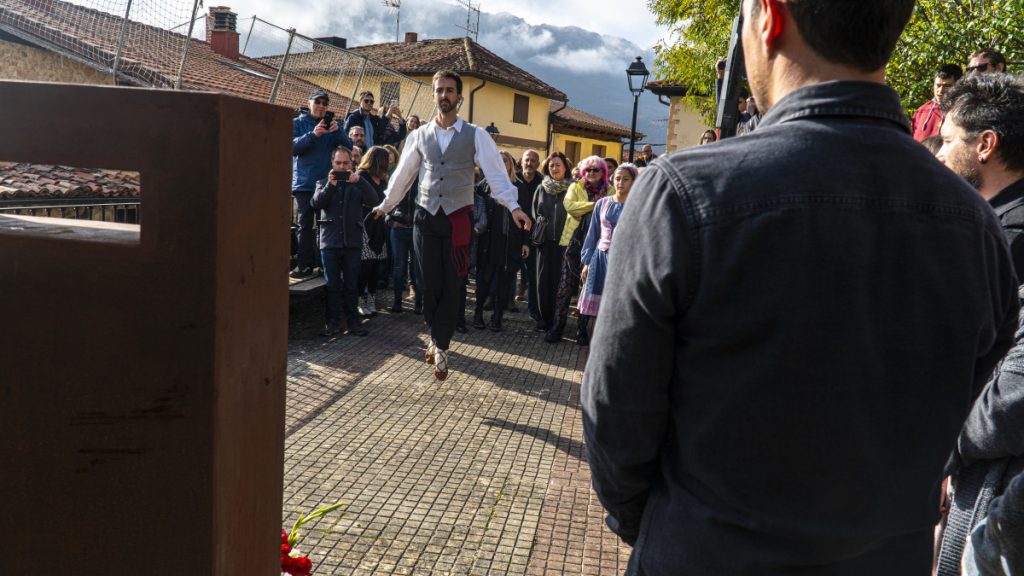Prisoners, workers
- History. Development. From cave paintings to holograms. The passage of time leaves traces, and Basque Country is no less. The wars of the last centuries have left many clues, many of which serve to show those who visit us and get money: The mining visits of Gallarta and La Arboleda, the cannons left by the Site of San Sebastian… but there are others that have not much to say and that are not very famous, and that few know. Thus, the documentary Laboradoria explains how many infrastructures were built in Oarsoaldea.

The surroundings of Oarsoaldea and Bidasoa-Txingudi are a special place. The existence of the counties of Gipuzkoa closer to the border has significantly influenced its development. Trade, for example, has had a great weight in Irun, so it is the second municipality of Gipuzkoa that currently lives the most population. Due to the current migration crisis, there are a large number of migrants who want to travel to France and other European countries. It's another city. This space located east of San Sebastian has had a very special history, especially since the War of 1936. With the exception of Irun and other small towns, it was a very mountainous and “virgin” area, but as soon as Franco took Gipuzkoa he realized it was a strategic place. As a border area, it saw the need to improve the connections and fortify them in order to deal with what might happen in the future. Among other things, the aim was to control the influx of refugees after the war.
To fortify the border and improve the connections between Gipuzkoa and Navarre, however, personnel were needed, and Franco used prisoners of war, prisoners of war. Thus, according to historians’ calculations, the dictator “worked” more than 40,000 anarchists, socialists, communists and Abertzales. Witnesses have denounced that human rights violations were ongoing and that the battalions were based on the pedagogy of misery and terror. In the spring of 1937, the Prisoner Concentration Camp Inspection was created, with the objective of bringing inmates to work camps and controlling their work. With 20-hour days and continuous beatings, several currently available infrastructures were built, such as the road from Oiartzun to Lesaka or the Aritxulegi tunnel. Accidents at work and illnesses such as typhus were constant and, although they were taken to the hospital, they returned to work immediately. In addition to the prisoners in Euskal Herria, there were many prisoners in Andalusia, Extremadura and Salamanca. Prisoners had no nation, the only crime was being anti-fascist.
The road of Jaizkibel, the road that goes to Lesaka, the bunkers that are in the Rock of Aia… Most of the times we pass as if something had happened, but sometimes it is good to remember the suffering and blood that was poured out on that asphalt.
Bilbo, 1954. Hiriko Alfer eta Gaizkileen Auzitegia homosexualen aurka jazartzen hasi zen, erregimen frankistak izen bereko legea (Ley de Vagos y Maleantes, 1933) espresuki horretarako egokitu ondoren. Frankismoak homosexualen aurka egiten zuen lehenago ere, eta 1970ean legea... [+]
Deportazioaren Memoriarako Euskal Koordinakundeak aintzat hartu nahi ditu Hego Euskal Herrian jaio eta bizi ziren, eta 1940tik 1945era Bigarren Mundu Gerra zela eta deportazioa pairatu zuten herritarrak. Anton Gandarias Lekuona izango da haren lehendakaria, 1945ean naziek... [+]
Pamplona, 1939. At the beginning of the year, the bullring in the city was used as a concentration camp by the Francoists. It was officially capable of 3,000 prisoners of war, at a time when there was no front in Navarre, so those locked up there should be regarded as prisoners... [+]








